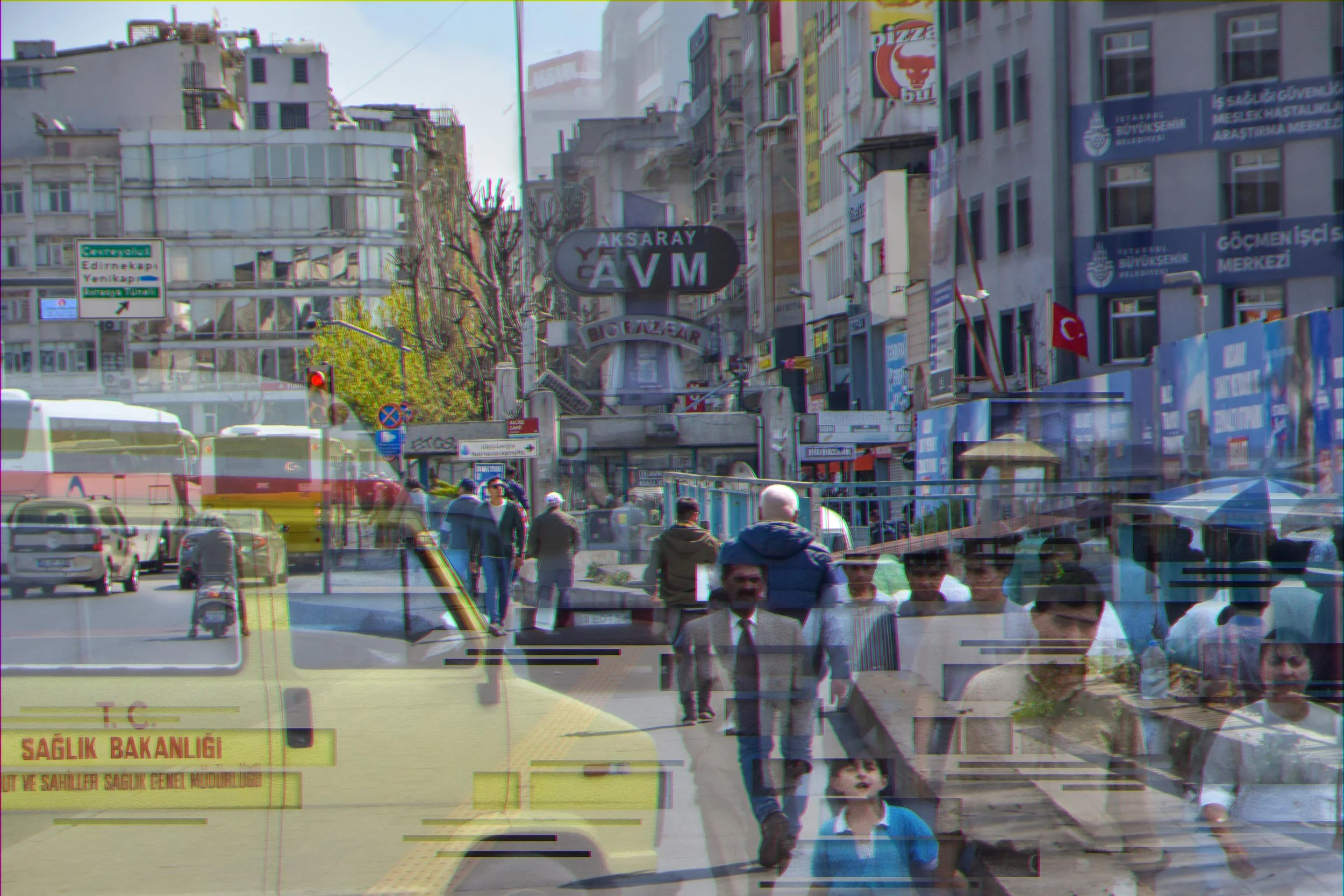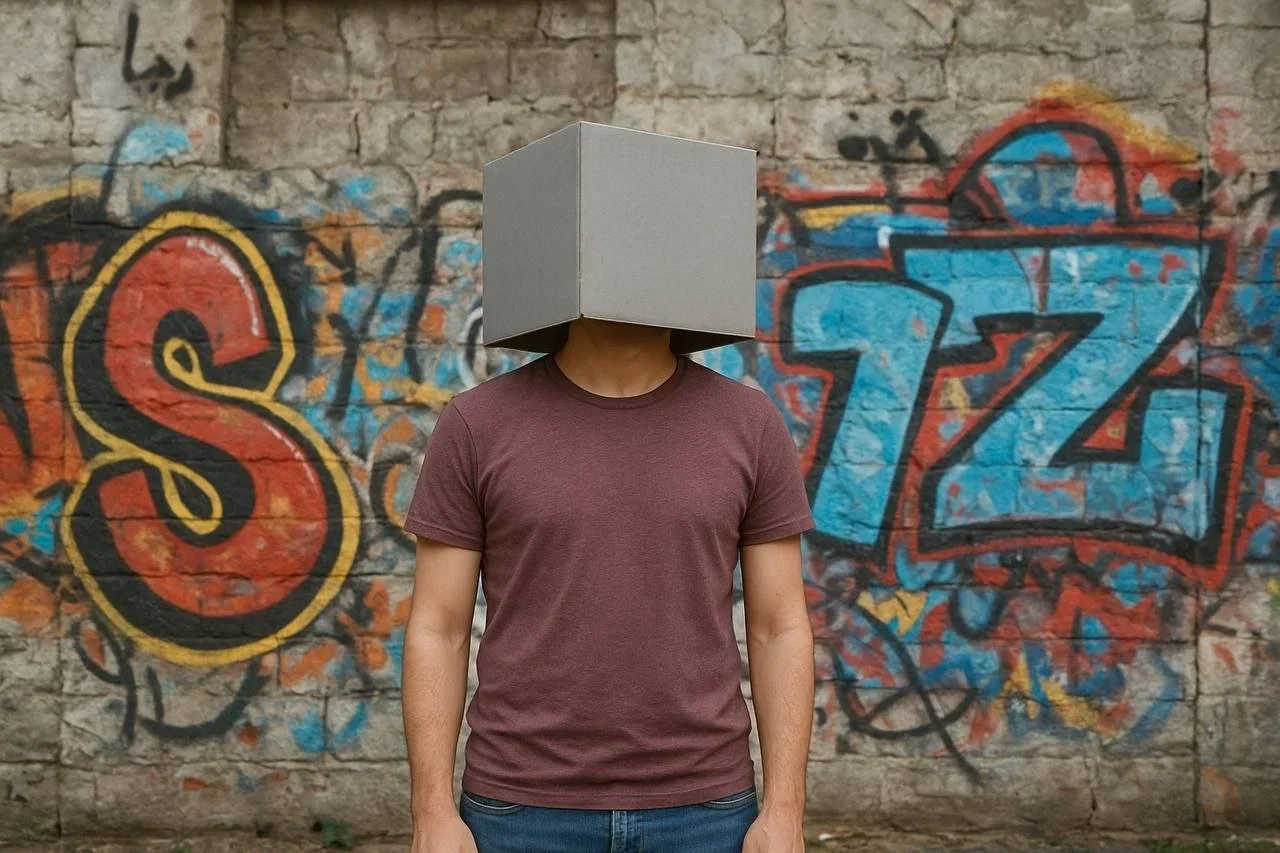10 Questions with Jia Hao
Al-Tiba9 Art Magazine ISSUE14 | Featured Artist
Jia Hao (b.1990, China) is a visual artist based in the Yunnan province of China. She studied at the State University of New York at Albany between 2010 and 2014, graduating with an BA in Fine Art with a focus on photography and digital imaging. Exhibitions include Imprints: Past & Present, Vacant Museum, 2020; Body Translation, solo, New Corner Space, Shanghai, 2019; Body Translation, solo, Kunming, Yunnan, 2018; Dali International Photography Exhibition, Dali, Yunnan, 2015; and Annual Show, Photography Center of Troy, New York, and Greyscale, Blackbox Gallery, Oregon, 2014. Hao has also undertaken several research placements, including in relation to leprosy care and minority folk culture in China as well as an artist exchange program in Zurich, Switzerland.
Jia Hao works predominantly in photography and collage, building surreal narratives within her work. Her main focus is on the human body and the environment, and through her work, she creates a dialogue about the expression and concealment of human identity. Influences come from the fashion industry and e-commerce, research into traditional folk art, and conceptual visual art relating to body politics. Hao’s work uses pattern, composition, and interaction to create collections of images reflecting her themes, working between monochrome photography, performance to the camera, and high-color collage.
Jia Hao - Portrait
ARTIST STATEMENT
Jia Hao's country has one of the most stringent quarantine policies in the world during the global spread of Covid-19. Her city was quarantined, and the local authorities required residents to remain indoors for at least fourteen days. Since she is a quiet person, she thoughts it was appropriate for her at the moment.
After three days of living by herself, feelings of anxiety and fear became increasingly prevalent in her mind. It was evident that life's basics were becoming increasingly scarce as time passed, and no one knew where to get them or when to resume normal living.
To overcome her emotional despair, she tried to concentrate more on herself and less on the outer world. Her life over the past thirty years flashed before her eyes like a fast-paced film. She is pursuing her degree overseas, operating a small business in her city, and participating in other activities. She took numerous photographs of those unforgettable events, but she neglected her inner emotions and her body's steady transformation.
Her work documents the emotional stress and physical discomfort she experienced as a woman living alone. She feels that some women of the same age as her also experience comparable mental concerns, such as age and gender anxiety. Similar to how the water faucet appears clear through her lens, ladies tend to have a clear perception of exterior things. In the meanwhile, her blurry selfies suggest that women frequently suffer an uncertain, difficult-to-express sense of self.
The old clinic, photography, 16x16 cm, 2019 © Jia Hao
Get your limited edition copy now
INTERVIEW
You have a rich background and have worked on several different projects already. How would you describe Jia Hao to our readers in three words?
Unpredictable, calm, open-minded
How did these many experiences shape the person you are today? And do they influence your work?
I was very impulsive when I was in my 20s, especially at the start of my work. I always had a jumpy, irrational mind, but at that time, I was willing to do anything. With this kind of personality, I made a lot of mistakes when I was young. Luckily, as the years went by and I settled down and hit a wall, I became more understanding, and my work style became less spontaneous and more logical. In the past, I was always traveling and living different lives, but now I'm more ready to sit down, think, and let my work show what I think. But I'm also thankful for everything I went through when I was young because both the good and bad things I went through gave me the best ideas for my work.
From the series When they are looking at me © Jia Hao
The Chair © Jia Hao
You work primarily with photography and collage. What do these two mediums represent for you? And how do you choose which one is more suitable for a project you are developing?
Within my present occupation, photography serves as the bedrock akin to a building's foundation, while the collage element functions as the bricks, seamlessly intertwining to enhance one another. Once regarded as distinct mediums, I now endeavor to fuse them using computer technology to articulate my creative expression.
In your statement, you describe your work as a "dialogue about the expression and concealment of human identity." Can you tell us more about it? What would you like to investigate with your work?
In recent years, my hometown has undergone substantial changes. The very fabric of our living and thinking environment has shifted, leading the local populace to adopt more nuanced expressions and a greater inclination toward concealing their emotions. For instance, the birth rate continues to plummet, a significant portion of the youth struggles with unemployment and resignation, LGBTQ issues remain taboo, and workplace discrimination against women persists. All these pressing matters pervade my daily life, yet it appears as if we're rendered invisible, reduced to mere statistics. My creative works mirror this subtlety, mirroring the current social backdrop. At a glance, they exude a facade of tranquility tinged with a touch of melancholy, yet beneath the surface, a tumultuous undercurrent truly resides.
And what are the themes and subjects you would like to focus on in your practice?
The subject I aim to concentrate on revolves around the emotional mindset of urban youth in contrast to that of youth from mountainous ethnic minorities within contemporary society. Having delved into the research, a stark divergence in the psychological disposition of these two cohorts has come to light. The prospect of comparing these contrasting mentalities holds intriguing potential.
From the series Care © Jia Hao
From the series Care © Jia Hao
From the series Care © Jia Hao
From the series Care © Jia Hao
You either work with black and white photography or with very colorful collages. Do these two opposite poles of your practice complement each other? Or do you treat them as separate identities?
I find that they harmonize with each other. When I freeze a moment in time, I prefer to convey it through black and white photography, capturing the essence swiftly. On the contrary, crafting a color collage demands dedicated time for contemplation. There was a time when I accumulated numerous blurry and seemingly uninteresting black-and-white snapshots. However, upon revisiting these images during moments of reflection, they transformed into some of the most pivotal components of my collage work.
And where do you find inspiration for either one? Do you use the same sources, or do you change your approach entirely?
Every spark of inspiration emanates from the life I currently lead and the experiences that have shaped my past.
A Forgotten Wonderland - A leprosy village © Jia Hao
A Forgotten Wonderland - A leprosy village © Jia Hao
As we usually say: "A picture is worth a thousand words." In a society overloaded with images like the one we live in, do you think this is still true nowadays?
To me, this statement holds particular relevance within our present surroundings. I aspire to remain silent verbally yet convey a multitude of thoughts through my creative endeavors.
What are you working on now? Do you have any upcoming shows or publications?
Currently, there are no imminent exhibitions or publications on my agenda. Instead, I'm engrossed in a phase of research, material gathering, and capturing photographs that reflect the daily lives of ethnic minority youth in my hometown.
And lastly, what are your goals for the rest of 2023?
For the remainder of 2023, my objective is to finalize the ongoing collage project and, ideally, to amplify the message that we are not unnoticed, reaching a wider audience.
Artist’s Talk
Al-Tiba9 Interviews is a promotional platform for artists to articulate their vision and engage them with our diverse readership through a published art dialogue. The artists are interviewed by Mohamed Benhadj, the founder & curator of Al-Tiba9, to highlight their artistic careers and introduce them to the international contemporary art scene across our vast network of museums, galleries, art professionals, art dealers, collectors, and art lovers across the globe.





























